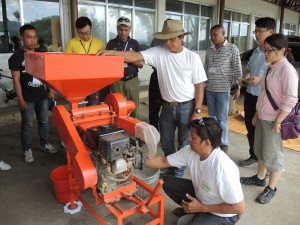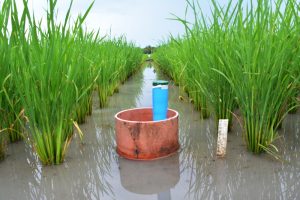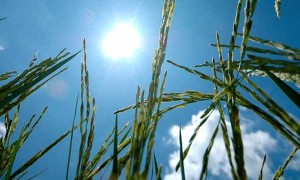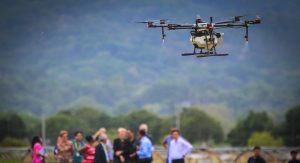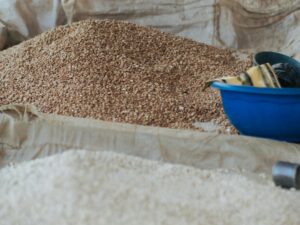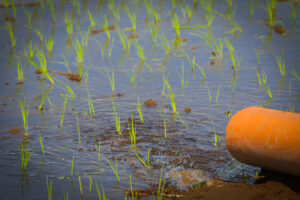The Philippines recorded its highest rice production level at 19.44 million metric tons (MT) in 2020. according to the country’s Department of Agriculture.
This figure, which is higher than the 18.81 million MT produced in 2019 and the 19.07 million MT recorded in 2018, was achieved despite the major typhoons that hit several provinces and the COVID-19 pandemic.
The biggest contributors to local rice production are Central Luzon, Cagayan Valley, and the Ilocos Region.
Read the full story at Philippine News Agency
More on rice production in the Philippines:
A physician-turned-farmer with a mission to modernize rice farming
A medical doctor who is also a farmer not only adopted the laser land leveling technology but piloted a service provision model for it—a first of its kind in the rice granary region of the Philippines. His story outlines the next steps that optimize partnership and active engagement of key players to ensure sustainable uptake of mechanization initiatives in the country.
Increasing national rice yields to 6 tons/hectare in the Philippines and elsewhere
While these remarks are specific to the Philippines, they equally apply to all countries currently mired at an average yield of some 4 tons per hectare. Whereas high-yielding varieties emanating from the International Rice Research Institute had a sudden and large impact beginning in the mid-1960s, yield improvement in subsequent decades has come largely from farmer initiatives with little contribution from research. The increase in yield to something over 2 tons per hectare attributed to IR8 and subsequent semidwarf varieties is well known.
The SRP in the Philippines: “We now know that we are eating safe rice”
Pilot testing of the Sustainable Rice Platform (SRP) standard in the province of Iloilo has shown Filipino farmers’ strengths in managing their farms in a sustainable manner as well as opportunities to improve their current practices to achieve sustainable rice cultivation. In the 2016 wet season, SRP-trained agricultural extension workers, farmer technicians, Better Rice Initiative Asia coordinators, and staff from the Department of Agriculture-Regional Field Office in Region 6 monitored the participating farmers in four municipalities from April to September. The monitoring gauges whether farmers’ practices are sustainable based on the SRP standard.

